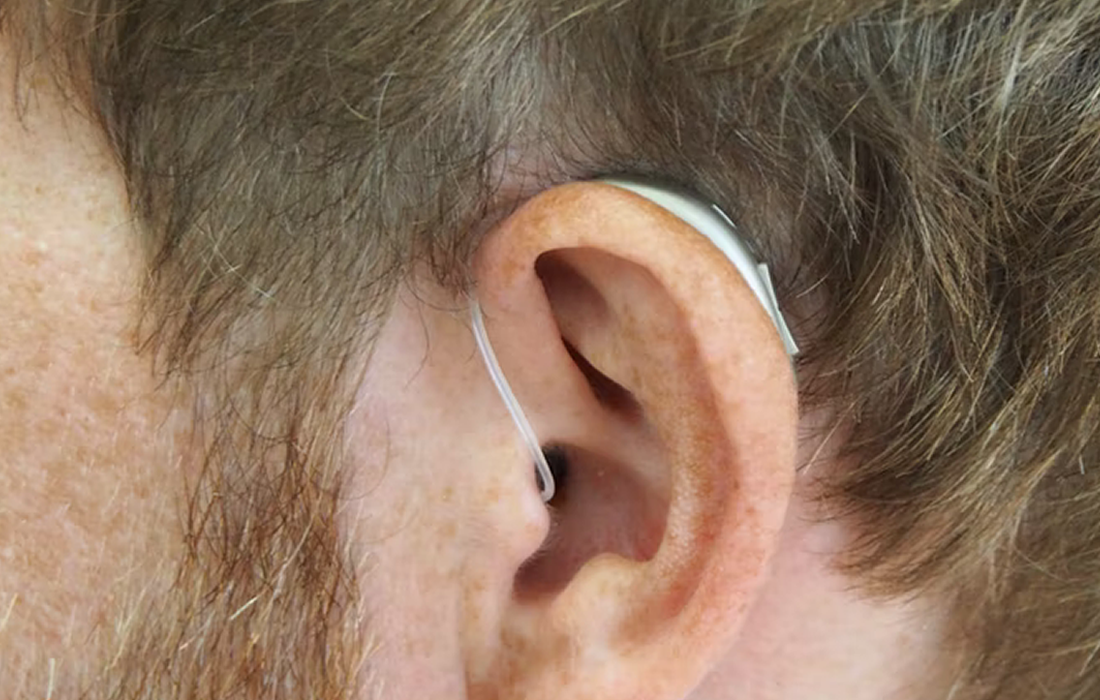Regenerative Medicine News and General Information
One Step Closer to Restoring Hearing Loss Cells
Hearing loss due to aging, noise, or other mechanisms such as drugs and antibiotics has been irreversible because scientists have not been able to reprogram existing cells to develop into the outer and inner ear sensory cells that are essential for hearing, once they die.
In a recently published study, researchers have discovered a master gene that programs ear hair cells into either outer or inner ones. The study was published in the journal Nature.
About 8.5 percent of adults aged 55 to 64 in the U.S. have disabling hearing loss. Currently, scientists can produce an artificial hair cell, but it does not differentiate into an inner or outer cell, which is necessary for hearing.
Hearing loss that occurs gradually as you age (presbycusis) is common. Almost half the people in the United States older than age 65 have some degree of hearing loss.
The master gene switch that Northwestern scientists discovered that programs the ear hair cells is TBX2, a gene that when expressed, the cell becomes an inner hair cell. If the gene is blocked, the cell becomes an outer hair cell. According to the team, the ability to produce one of these cells will require a gene cocktail.
The goal would be to reprogram supporting cells into outer or inner hair cells. The study results are a first step in the development of these cells to restore hearing loss.
Source:
Northwestern University. “New tool to create hearing cells lost in aging: ‘We have overcome a major hurdle’ to restore hearing.” ScienceDaily. ScienceDaily, 4 May 2022. <www.sciencedaily.com/releases/2022/05/220504110413.htm>.
https://www.mayoclinic.org/diseases-conditions/hearing-loss/symptoms-causes/syc-20373072
Image from:
Photo by Mark Paton on Unsplash

